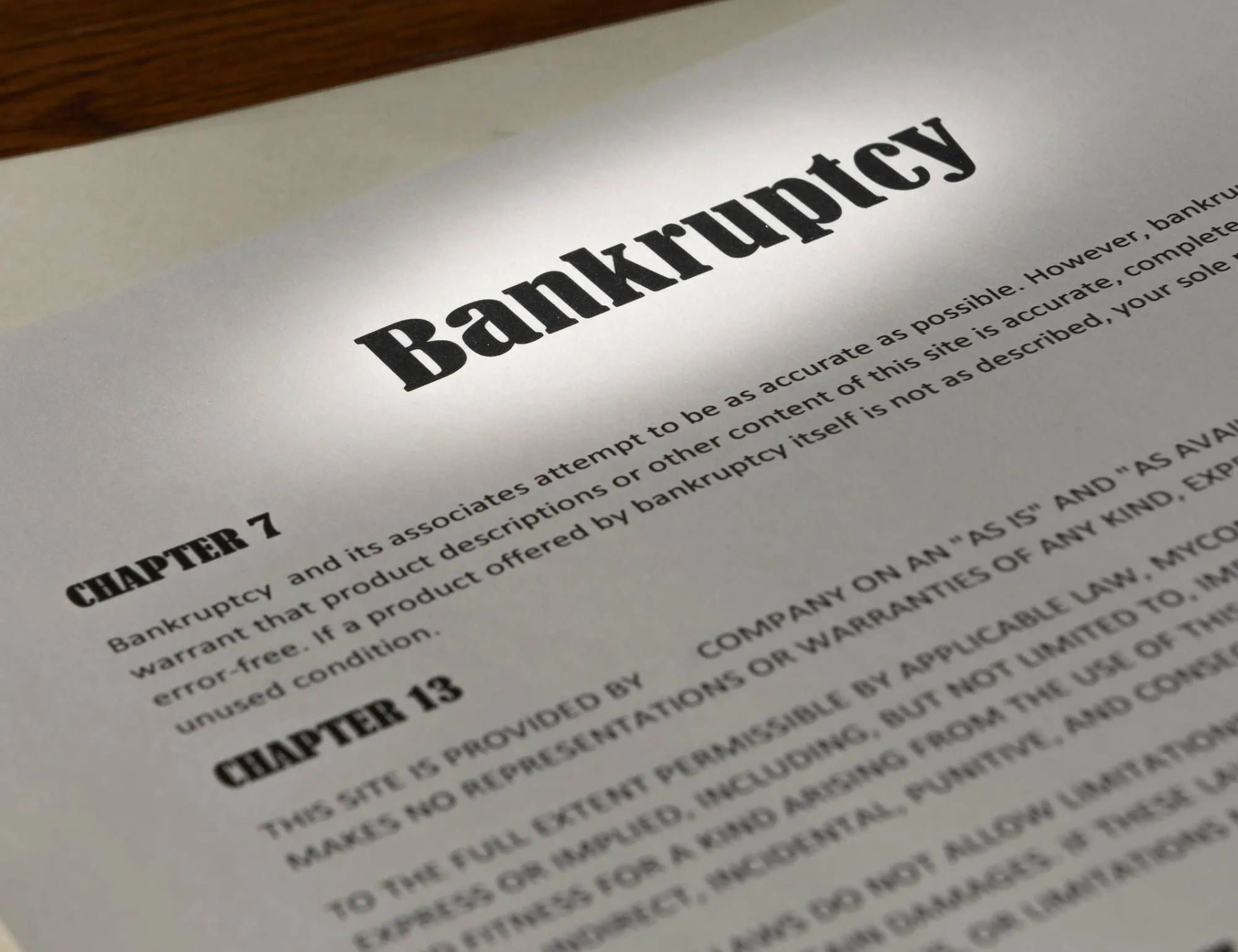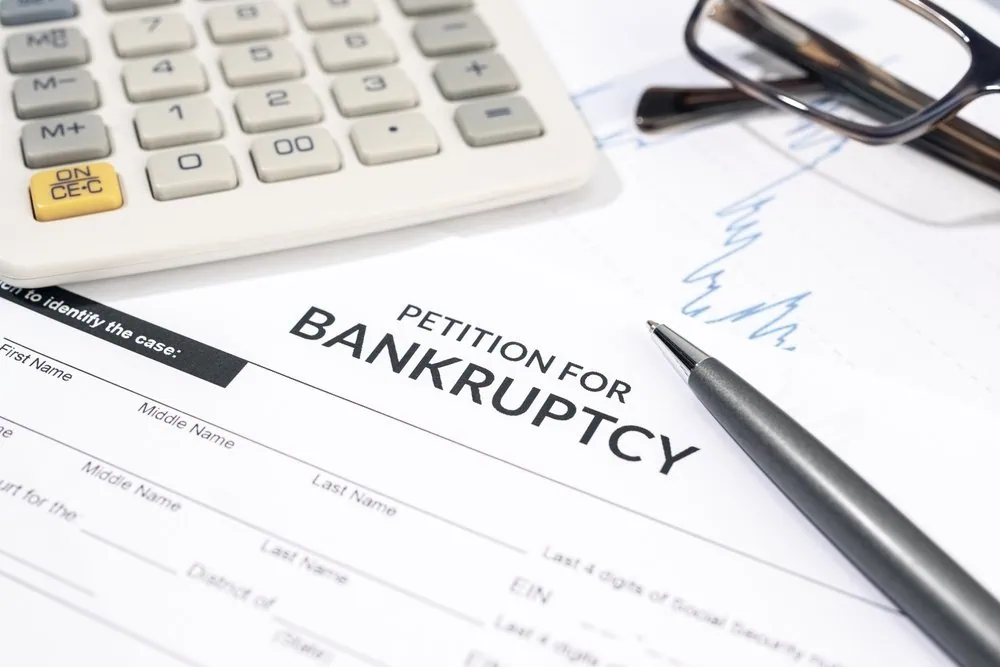Motion practice is the bread and butter of most foreclosure lawyers. The nature of the suit and position of the parties often determines the timing and types of motions that an attorney needs to file during the litigation process. Foreclosure litigation, however, brings with it a unique set of motions that an attorney may need to file to ensure the lender had fully adhered to New York foreclosure procedures. If it has not, moving the court for relief may result in the dismissal of the foreclosure litigation, an opportunity to modify your home loan, or even judgment in your favor.
The Foreclosure Litigation Timeline
If you defaulted on your home loan and a lender denied you a loan modification, the law typically requires the lender to initiate foreclosure litigation within six years of acceleration of the mortgage note. See Civil Practice Law and Rule 231 (4). (1) The lender can accomplish this by filing a foreclosure summons and complaint in supreme court or through some clear, overt act accelerating the balance due, such as an acceleration letter. After acceleration of the loan, foreclosure litigation typically involves the following steps: (2)
- The lender files the foreclosure summons and complaint against the borrower in New York Supreme Court;
- The lender must properly serve a summons and complaint on the defendant-borrower within 120 days (3) of filing. If your lender misses the deadline or improperly serves you, your attorney may file a motion requesting dismissal of the litigation;
- After service, you may file either an answer to the complaint or a motion requesting dismissal due to meritorious or procedural shortcomings;
- The lender must file a request for judicial intervention and set a settlement conference within 60 days of service;
- If the parties don’t modify the loan or reach agreement at the conference, litigation will proceed to the discovery phase;
- After discovery of evidence, the attorney may file motions for summary judgment asking the court to decide the matter before it goes to trial;
- If the court denies summary judgment, the case will typically proceed to trial.
Motion practice may become necessary at any stage of foreclosure litigation, and an experienced New York foreclosure defense attorney should especially prepare to either fight or file the following motions.
Motions to Dismiss for 90-Day Notice Failure
New York Real Property Actions and Proceedings Law (RPAPL) Section 1304 (4) requires sending notice to the mortgagor at least 90 days before a foreclosure action commences. This provision applies no matter the type of loan and is equally applicable to lenders, assignees, or mortgage loan servicing companies. Section 1304 specifies that the proper form and service of such notice is a “condition precedent to commencing a foreclosure proceeding” in New York. This means that before a lender can file a foreclosure action in the supreme court of the county where the property is located, the lender must send proper notice in accordance with the requirements of the statute. If the lender fails to send notice in accordance with the requirements of the statute, the supreme court is generally divested of jurisdiction. Although the lender must affirmatively plead compliance with the 90-day notice requirement in the complaint, in the event of a defective notice the defendant-borrower must generally recognize the need to submit a motion to dismiss the foreclosure action for want of jurisdiction.
Motion to Dismiss: The Statute of Limitations Defense
New York state law provides a plethora of protections for defaulting borrowers, including a statute of limitations defense, 90-day foreclosure defense, and failure of assignment defense. Each of these can provide the opportunity for motion practice at the inception of litigation.
Because a six-year statute of limitations bars foreclosure litigation, one of the first opportunities a foreclosure defense attorney might have to move the court for relief is if the pleadings clearly reveal the litigation as time-barred. New York foreclosure actions count the statute of limitations from the date of the triggering event. (5) The statute of limitations, for example, will time-bar any action for foreclosure taken after January 1, 2016, for non-payment of any mortgage installment on January 1, 2010, or earlier—and the defaulting defendant can ask the court to dismiss the action.
In the same vein, if the lender files a foreclosure action on February 1, 2010, which constitutes acceleration of the remaining balance of the loan, and the court later dismisses the action because the lender failed to properly serve the borrower, the statute of limitations clock doesn’t reset. The lender must file a new action before February 1, 2016. If it does not, because acceleration was the last triggering event, a motion to dismiss the action as time-barred may entirely free you from your mortgage.
Motion to Dismiss: The Failure of Title Defense
If you took out a mortgage during the last few years, you probably received a letter or two informing you that your loan servicer changed or your lender sold your mortgage to another one. All lenders must generally abide by the terms of your original mortgage note—and this can present problems during foreclosure litigation if the plaintiff is not your original lender. The plaintiff in a foreclosure action must generally show the court that it is the actual owner of the mortgage note and has the right to force a foreclosure sale on the property. This is called having standing (6) to sue, and it applies one way or another to all legal actions in the United States. Put simply, in Aurora Loan Services, LLC v. Taylor, the New York Court of Appeals (7) held that a lender seeking to foreclose on a mortgage must possess the original promissory note. Although copies of the note may satisfy the demands of evidence law, if the defendant-borrower challenges the authenticity of the copy via a motion to dismiss for failure of standing and the plaintiff cannot produce the original note, the court may dismiss the action for lack of standing.
Contact a Long Island Foreclosure Attorney Today
With the protections afforded by New York foreclosure law, an experienced Long Island foreclosure attorney should recognize the motion practice triggers present in certain foreclosure cases. Whether it’s a review of the statute of limitations, an analysis of the 90-day foreclosure notice, recognition of the lack thereof, or a belief that the present plaintiff-lender does not have standing to initiate foreclosure litigation, filing a motion to dismiss may ensure that you receive the protections to which New York law entitles you. Although motion practice can delay litigation, it may result in dismissal of the foreclosure complaint or even a judgment in your favor.
Ronald D. Weiss, P.C., Attorney at Law, serves both Nassau and Suffolk County residents on Long Island in foreclosure cases. He can analyze the facts of your case to determine whether early motion practice might benefit you. In certain situations, this may result in a complete discharge of your debt. Contact us today online or at (631) 271-3737 for a no-risk consultation.
1 http://public.leginfo.state.ny.us/lawssrch.cgi?NVLWO
2 https://www.nycourts.gov/courthelp/Homes/foreclosureBasics.shtml
3 https://www.nycourts.gov/courthelp/Homes/foreclosureBasics.shtml
4 http://public.leginfo.state.ny.us/lawssrch.cgi?NVLWO:
5 https://www.nycourts.gov/courthelp/GoingToCourt/statuteLimitations.shtml
6 https://www.law.cornell.edu/wex/standing
7 https://content.next.westlaw.com/Document/I5327c359481311e598dc8b09b4f043e0/View/FullText.html?contextData=(sc.Default)&transitionType=Default&firstPage=true&bhcp=1





